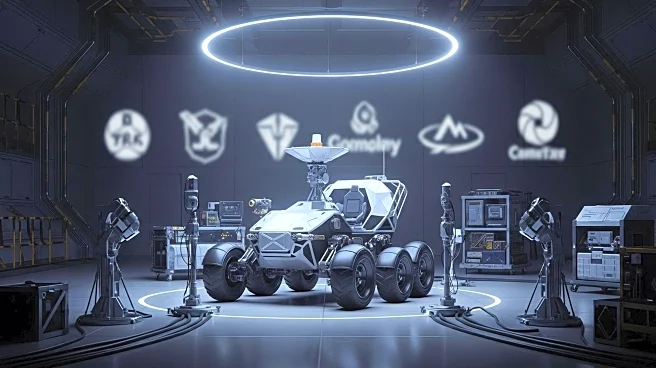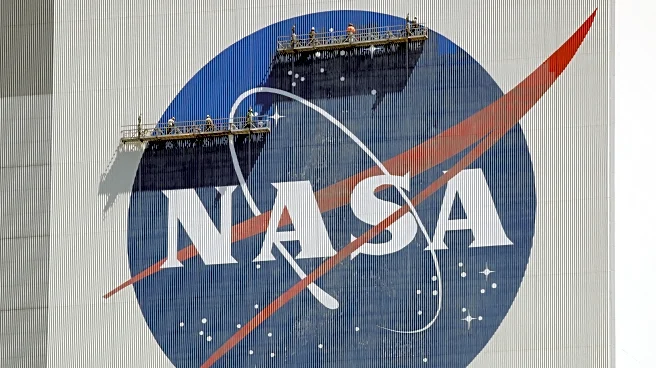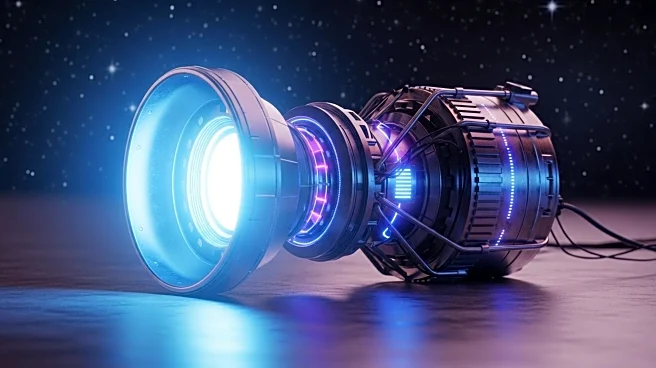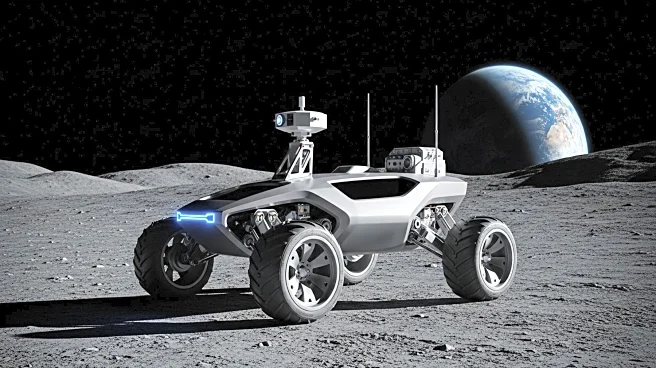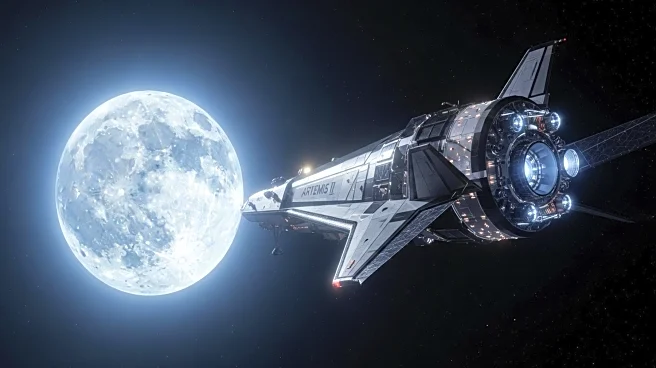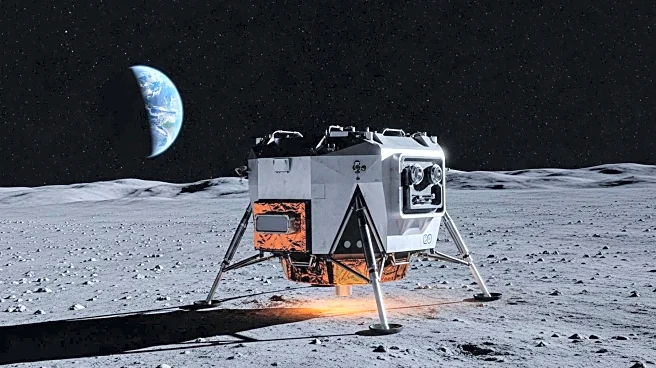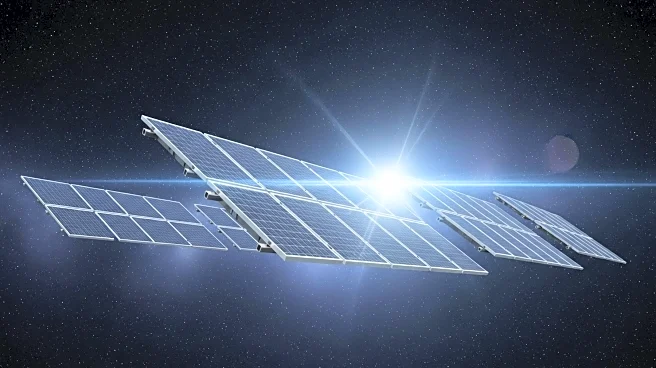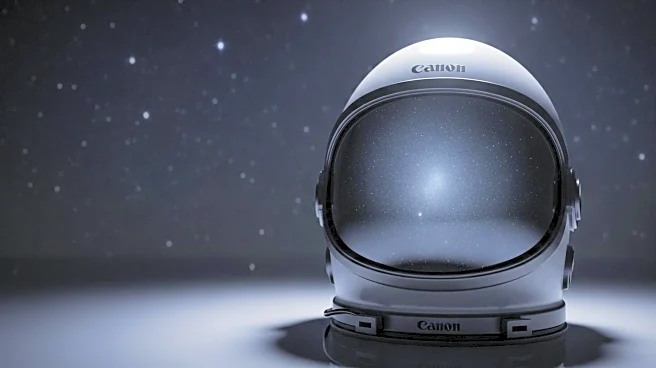What is the story about?
What's Happening?
NASA is in the process of selecting a contractor for its Lunar Terrain Vehicle (LTV) as part of the Artemis program, which aims to return humans to the Moon. The contract, valued at up to $4.6 billion through 2039, has attracted bids from three major teams: Lunar Outpost with Lockheed Martin, Intuitive Machines with Boeing, and Venturi Astrolab with Axiom Space. These companies are developing prototypes capable of transporting astronauts across the lunar south pole, starting with the Artemis V mission planned for 2029. The rovers must withstand harsh lunar conditions and operate autonomously when astronauts are not present.
Why It's Important?
The competition for NASA's LTV contract is significant as it represents a major step in establishing a sustainable human presence on the Moon. The selected rover will enhance the range and capabilities of lunar exploration, allowing astronauts to conduct more extensive scientific research. The contract also has geopolitical implications, as it positions the U.S. as a leader in lunar exploration amidst growing international interest in the Moon. Economically, the contract could boost the winning company's profile and open up commercial opportunities in the emerging cislunar economy.
What's Next?
NASA plans to downselect to a single provider for the lunar rover mission after evaluating the current prototypes. The chosen company will conduct a demo mission to test the rover on the Moon before the Artemis V crew arrives. This decision is expected by late 2025, with the rover ready for deployment by 2029. The outcome will influence future Artemis missions and potentially shape the commercial landscape of lunar exploration.
Beyond the Headlines
The LTV competition highlights the shift towards public-private partnerships in space exploration, encouraging innovation and cost reduction. It also underscores the strategic importance of lunar mobility in establishing a long-term human presence on the Moon, which could serve as a stepping stone for future Mars missions.
AI Generated Content
Do you find this article useful?
